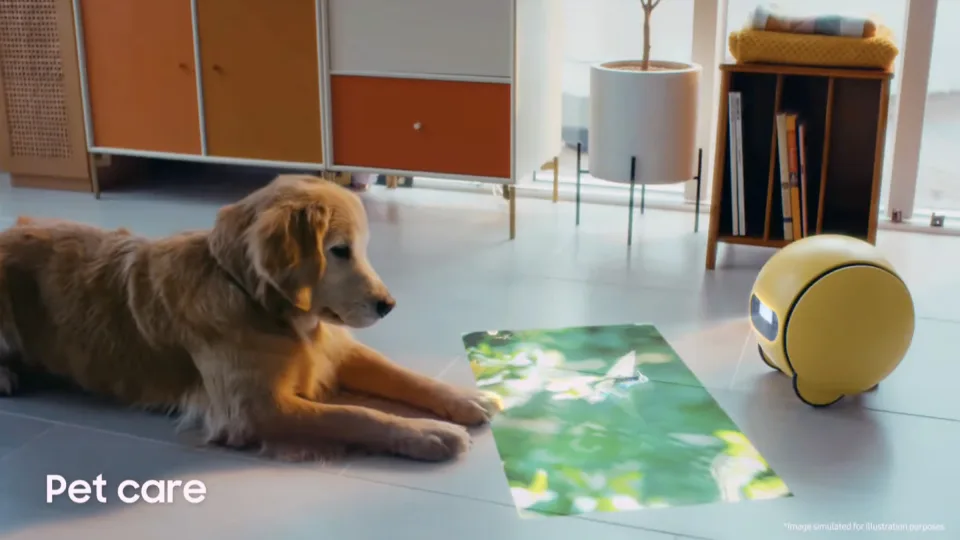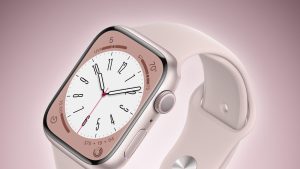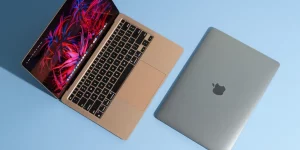CES 2024’s inaugural bustling day has passed, leaving us feeling as if a colossal metaphorical eighteen-wheeler, loaded with press conferences, has rolled over us. The tech landscape was abuzz with announcements spanning home robots, electric vehicles, AI, laptops, processors, and more. Notable highlights included delightful surprises like Samsung’s adorable Ballie robot ball and Sony’s spatial content creation headset, along with intriguing innovations such as Razer’s vibrating cushion tailored for gamers. As anticipated, industry giants like AMD, Intel, and NVIDIA unveiled new processors, unleashing a subsequent wave of laptops featuring the freshly announced chips for the year 2024.
Beyond the expected, CES 2024 also witnessed the debut of diverse products, ranging from headphones and electric vehicles to gaming handhelds, grills, gaming phones, e-ink tablets, peculiar hybrid devices, noise-suppressing masks, standing desks, and beyond. The variety is staggering, and the excitement is far from over. Here’s a glimpse of some of the major highlights from CES 2024’s press day, just preceding the official commencement of the show.
Samsung at CES
Samsung and Sony’s press conferences at this year’s event brought forth some of the most delightful surprises. Samsung, in particular, showcased an updated version of its Ballie robot, and it’s undeniably charming. Resembling a yellow bowling ball, this innovative robot comes equipped with a built-in projector, capable of sending text messages and video clips of your home activities while you’re away. Its functionality extends to tasks like closing curtains, turning on lights, or even streaming your preferred yoga video onto your ceiling for a serene session while lying on your back. According to The Washington Post, Samsung hinted that Ballie would be available for purchase later this year, leaving the cost as an intriguing surprise for the upcoming months.
Sony steals the show
Sony, on the other hand, treated the audience to unexpected demonstrations, commencing with the intriguing feat of driving its Afeela concept electric car onto the stage using a PlayStation controller. Following this spectacle, Sony showcased its mixed reality headset designed for “spatial content creation,” a concept reminiscent of Apple’s Vision Pro and Microsoft’s HoloLens. Unlike its counterparts, Sony’s headset seems tailored for content creators, resembling a streamlined version of the PSVR2 headset. Powered by a Snapdragon XR2+ Gen 2 chipset, featuring dual 4K OLED microdisplays, and equipped with user and space tracking capabilities, this innovative headset is set to hit the market later this year. Despite its remarkable features, it currently lacks a name and a disclosed price, leaving enthusiasts in anticipation for more surprises as the release date approaches.
Chips galore at CES 2024
Day 1 saw a relentless wave of chip-related announcements dominating our news feeds, with Intel, AMD, and NVIDIA taking center stage. AMD, in particular, introduced the Radeon RX 7600 XT GPU, a subtle enhancement from last year’s entry-level model. Additionally, the company expanded its desktop offerings by incorporating processors with neural processing units for AI acceleration, unveiling the Ryzen 8000G series.
NVIDIA, not to be outdone, revealed a trio of powerful graphics cards—the RTX 4080 Super, RTX 4070 Ti Super, and RTX 4070 Super—priced at $999, $799, and $599, respectively. Alongside these, the company announced noteworthy updates for its GeForce Now cloud gaming service, introducing G-Sync support and day passes for streaming.
In contrast, Intel maintained a composed approach, presenting its complete 14th-generation CPU family, which includes the HX-series chips, featuring a 24-core i9 model. Additionally, Intel launched the Core U Processor Series 1, designed to strike a balance between performance and power efficiency in slim and lightweight laptops. The chip landscape continues to evolve, offering users a spectrum of choices from incremental upgrades to cutting-edge innovations.
The usual CES gadgets: PCs, laptops, TVs, and more
After the deluge of chip-related announcements, major PC manufacturers swiftly followed suit by unveiling their latest laptop models equipped with the cutting-edge silicon. Renowned brands such as Alienware, Lenovo, MSI, Acer, Asus, and Razer were among the contributors to this flood of new notebooks. MSI, in particular, stood out with the introduction of a groundbreaking gaming handheld, the first of its kind to incorporate Intel’s recently announced Core Ultra chip.
Asus took a unique approach by integrating this chip into a non-laptop product, introducing a novel homegrown NUC. Meanwhile, Lenovo continued to challenge conventional notions with its innovative ThinkBook Plus Gen 5. This peculiar device can be likened to a gadget mermaid, featuring a 14-inch Android tablet as its top half and a Windows keyboard as its bottom half. The result is a funky and unconventional blend of technologies, pushing the boundaries of what we traditionally perceive as a laptop. The diversity of offerings showcases the industry’s commitment to pushing innovation and providing users with a range of choices that cater to different needs and preferences.
TCL made a notable appearance with its latest iteration of the NXTPAPER e-ink-ish tablet, featuring a unique ability to seamlessly switch between a matte e-paper-like display and a vibrant full-color LCD at the touch of a button. This innovative approach adds versatility to the tablet, catering to different reading and multimedia needs. Additionally, TCL showcased a colossal 115-inch MiniLED TV, incorporating Quantum Dot technology and standing as the largest MiniLED TV of its kind to date.
Razer’s Project Esther also took the spotlight, presenting a proof-of-concept vibrating cushion that highlights the company’s new Sensa HD haptics platform. This platform aims to deliver more immersive gaming experiences, making it stand out as one of the standout demonstrations. Project Esther is essentially a vibrating cushion designed for integration into most office or gaming chairs, promising to add a tactile dimension to users’ overall gaming or work setups. The allure of this concept lies in its ability to enhance sensory experiences through subtle vibrations, marking it as a memorable and unique addition to the array of innovations showcased at CES.
Car stuff
The automotive and transportation sector made waves at CES 2024, featuring highlights such as Kia’s introduction of a new fleet of modular vans and Volkswagen’s integration of ChatGPT powers into its in-car voice assistant. The showfloor was also filled with a plethora of headphone and earbud announcements from renowned brands like JBL and Sennheiser, as well as lesser-known names such as Mojawa, which incorporated an AI-powered running coach into its bone-conducting headphones.
The Pepcom showcase revealed intriguing and entertaining products, including the Skyted Silent Mask designed for private conversations in public spaces. Additionally, the LifeSpan standing desk bike caught attention, allowing users to generate power for charging their phones by cycling vigorously.
For those seeking more details on these innovations, articles and videos covering the mentioned topics are available. Alternatively, stay tuned for tomorrow’s recap, promising to highlight the biggest news from ongoing press conferences and the recently opened show floor. With plenty of exciting developments still to unfold in the days ahead, there’s no shortage of fascinating discoveries awaiting CES attendees and enthusiasts alike.




